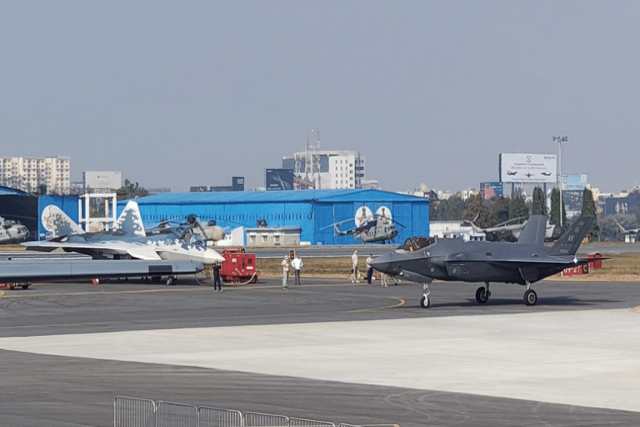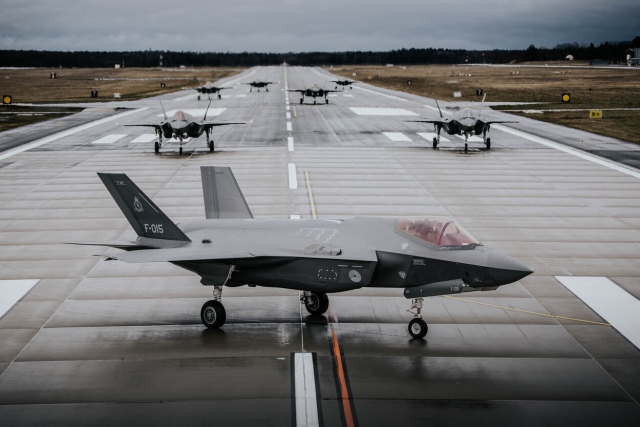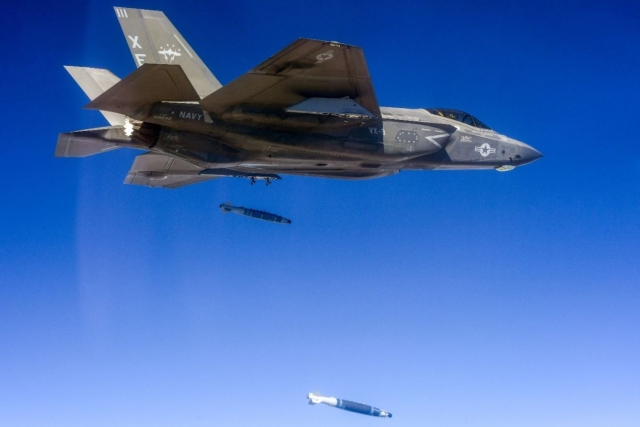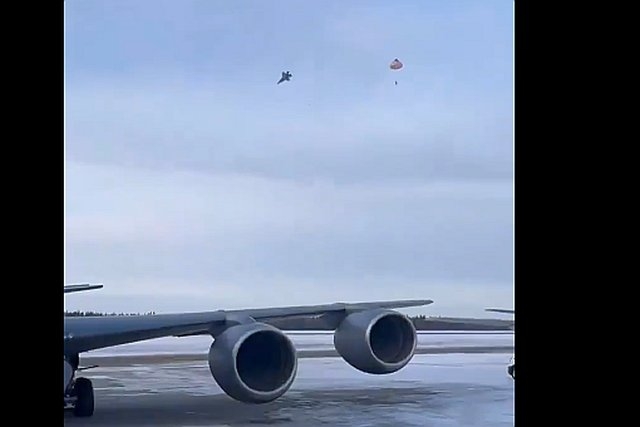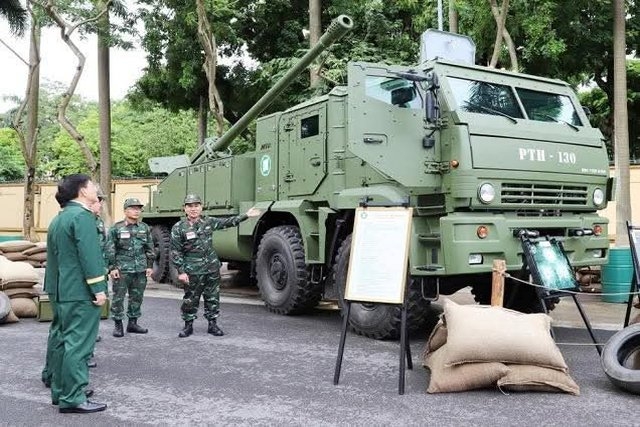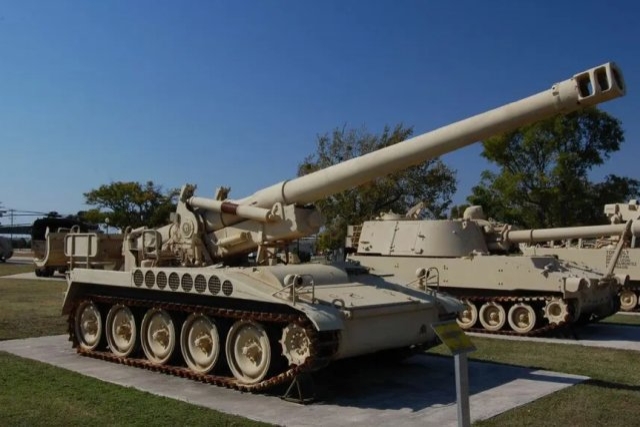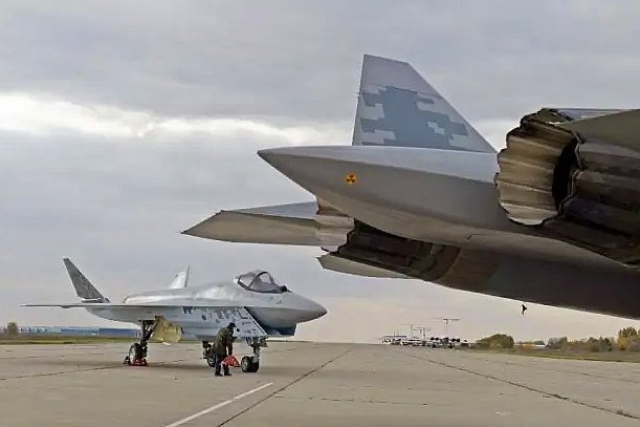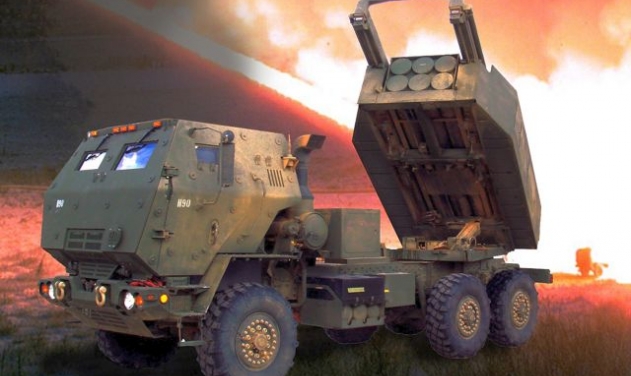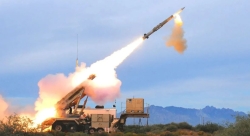Netherlands Redesigns Airspace for F-35 Fighter Jet Training
New plan expands military exercise zones while cutting flight times and emissions for civil aviation.
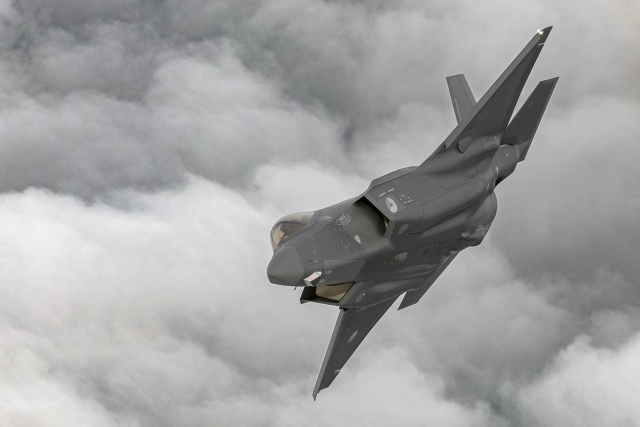
The Netherlands is overhauling its airspace to create larger training zones for F-35 fighter jets and streamline civil aviation routes.
The cabinet sent the new layout plans to the House of Representatives today, aiming to boost military readiness while reducing noise and emissions.
The expanded northern training area, bordering the sea, will replace the current zones in the south and east, which are too small for modern fighter operations. The new layout allows for more complex exercises at an average altitude of 6 kilometers, with over 80% of military flights taking place above the sea. Officials say the redesign is urgent due to rising security threats and changing geopolitical conditions.
Civil aircraft will benefit from shorter, more direct routes. With southern and eastern military zones closed, planes will no longer need to detour, cutting flight times and fuel use. The new system also allows for continuous descents from higher altitudes, reducing noise pollution and lowering CO₂ and nitrogen emissions near airports.
Implementation is set between 2028 and 2030, with continuous descent procedures rolling out gradually until 2035. Schiphol Airport will begin pilot training for the new approach later this year.
The Netherlands worked closely with Germany and Eurocontrol to align the new airspace with European and international aviation networks. This coordination is crucial as the Dutch airspace is directly linked to neighboring countries.
